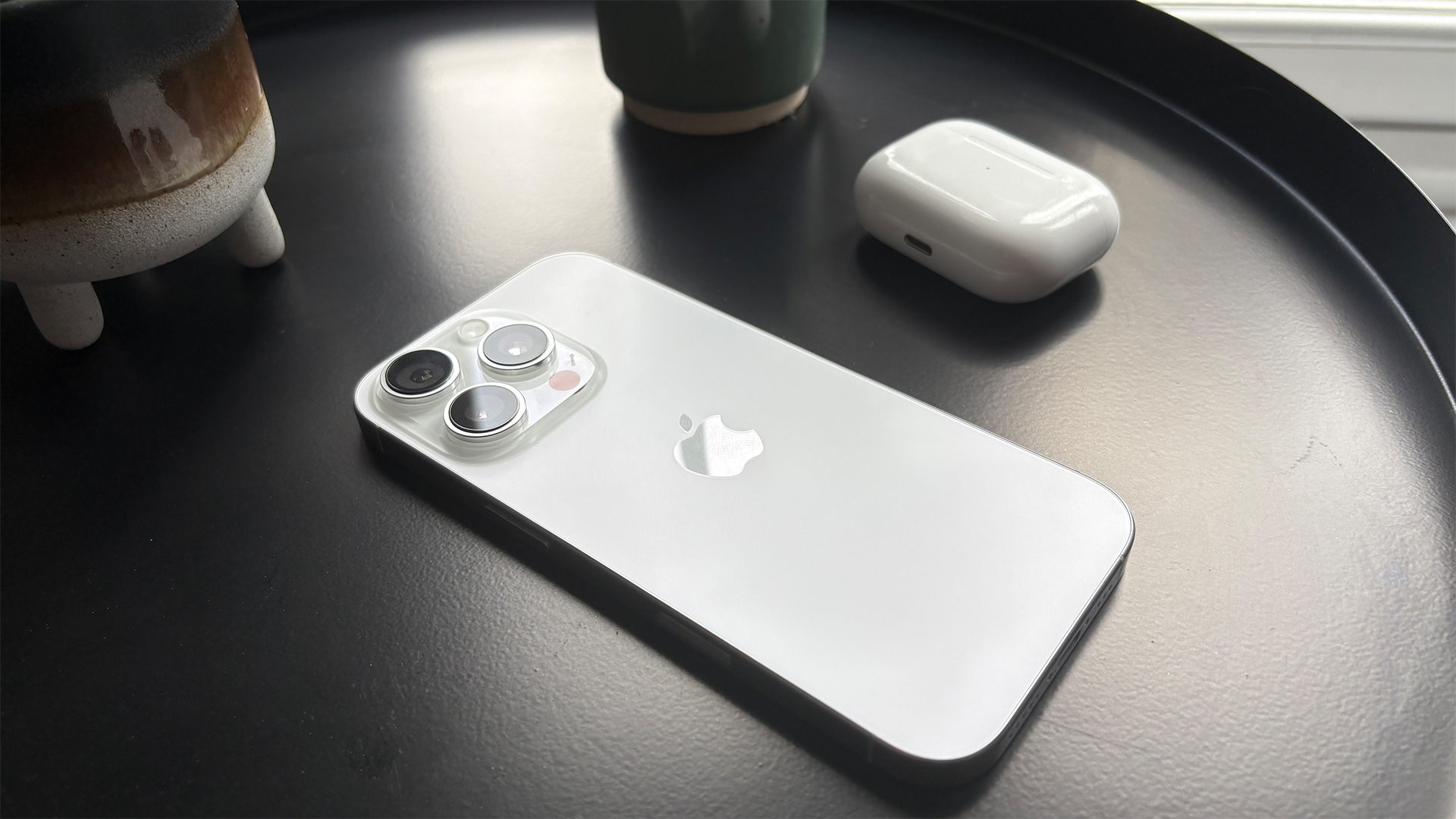Two wins for JBL, a cracking new LG OLED TV, a devilishly good integrated amp and more earn five stars
All the facts on the top products our reviewers gave top marks to in March
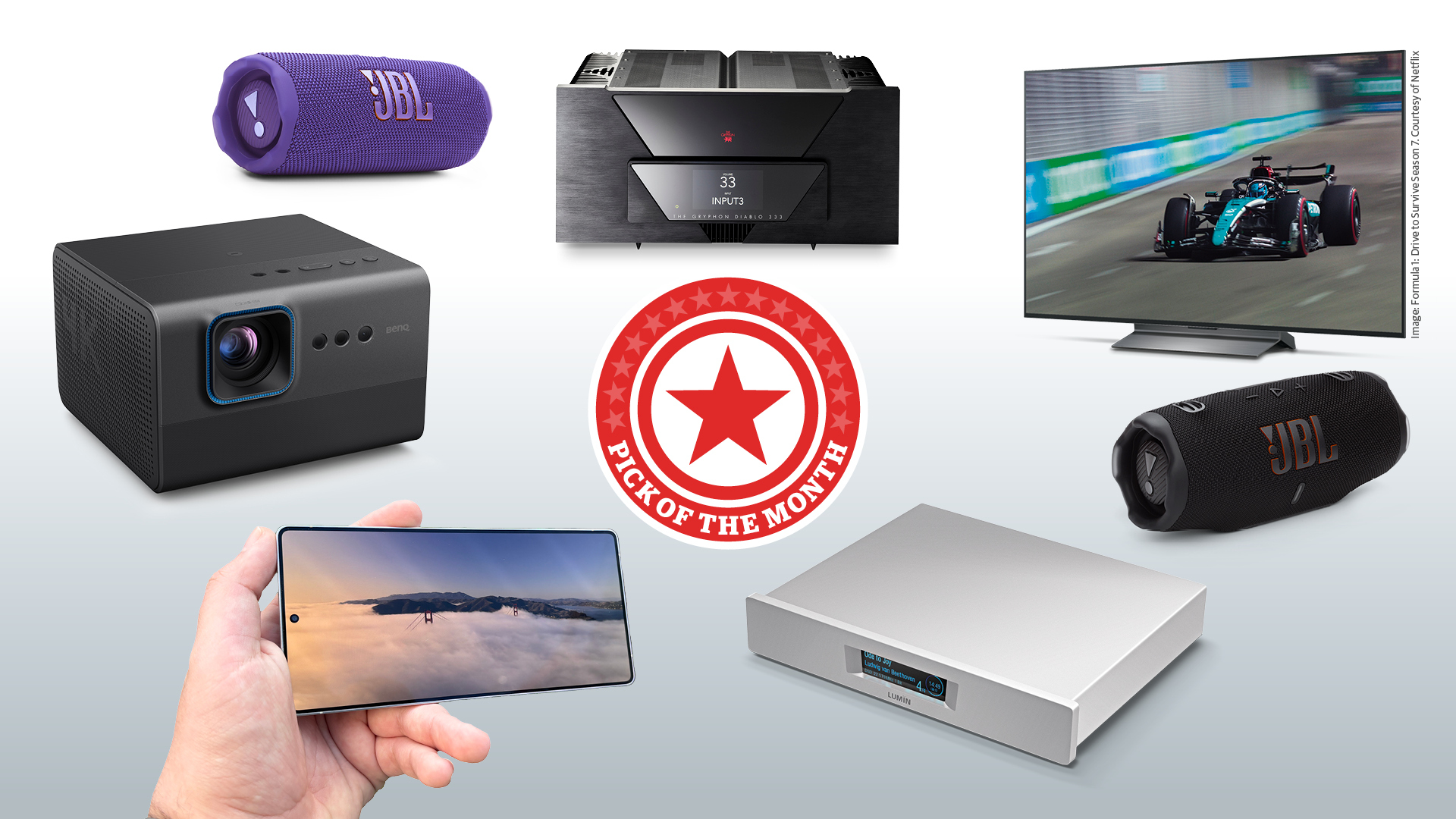
March was another hugely busy month for our home cinema and hi-fi reviews teams.
Over the month we tested everything from new premium OLED TVs to cutting-edge integrated amplifiers.
But, once the dust had settled, just six products impressed our reviewers enough to earn a coveted five-star rating. Here’s what you need to know about them.
JBL Charge 6
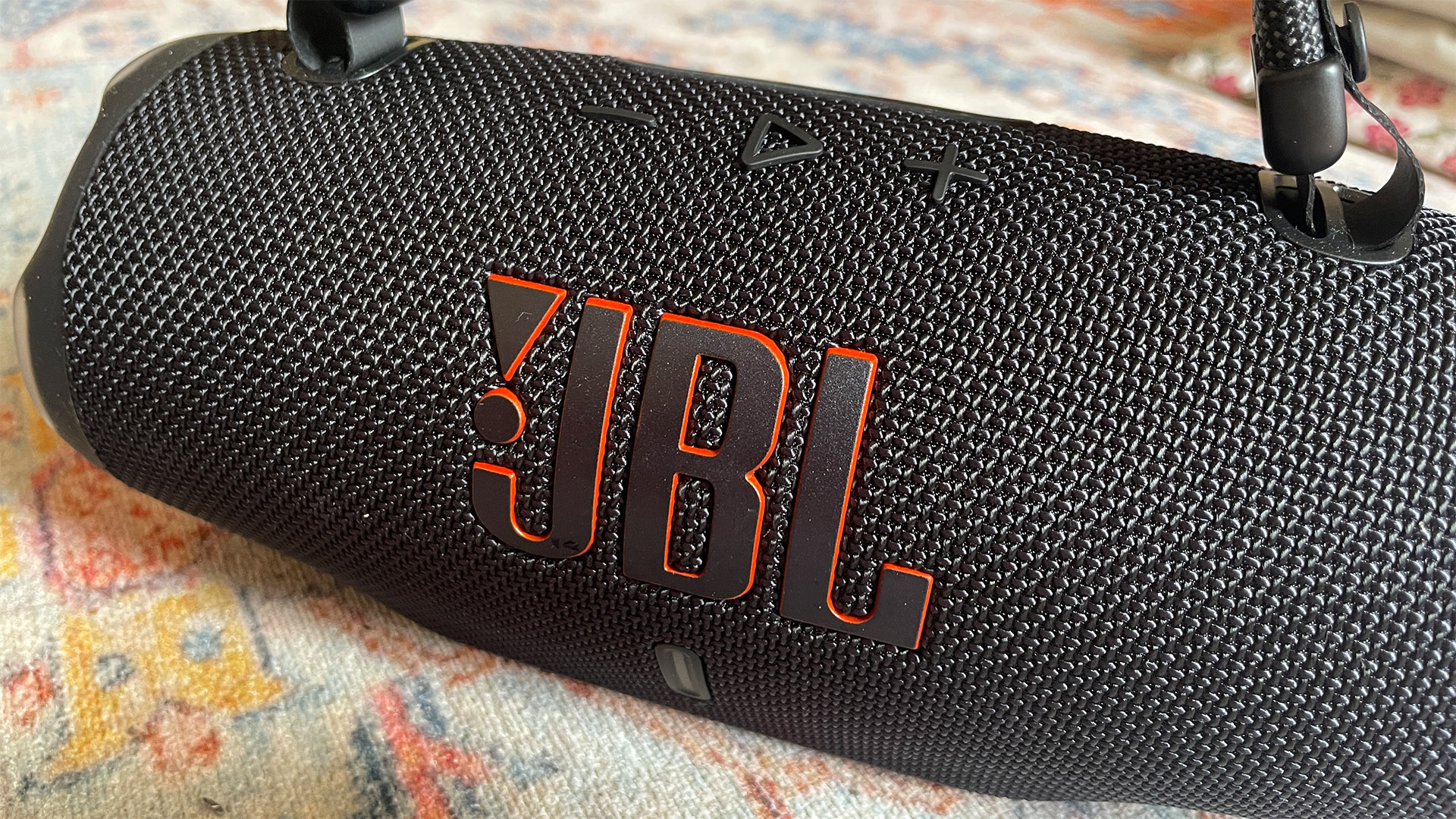
The Charge 6 is one of two new JBL Bluetooth speakers to earn a place in this month’s column. A successor to the JBL Charge 5, which our experts have long recommended, it had big shoes to fill.
Thankfully after weeks of testing our reviewers are pleased to report that it’s excellent. Key changes include a new, more intuitive physical button placement, upgraded water-resistance rating and – most importantly – improved sound quality.
During all of our tests, both in our listening rooms and the wild, the Charge 6 delivered a powerful, punchy sound with noticeably more detail than its predecessor. Hence our glowing recommendation:
“You may not feel the need to replace your small army of Charge 5s straightaway (or at least, wait for a good deal), but the Charge 6 has been improved in every way, and it is tempting.”
Get the What Hi-Fi? Newsletter
The latest hi-fi, home cinema and tech news, reviews, buying advice and deals, direct to your inbox.
Score: 5/5
Read our full JBL Charge 6 review
JBL Flip 7
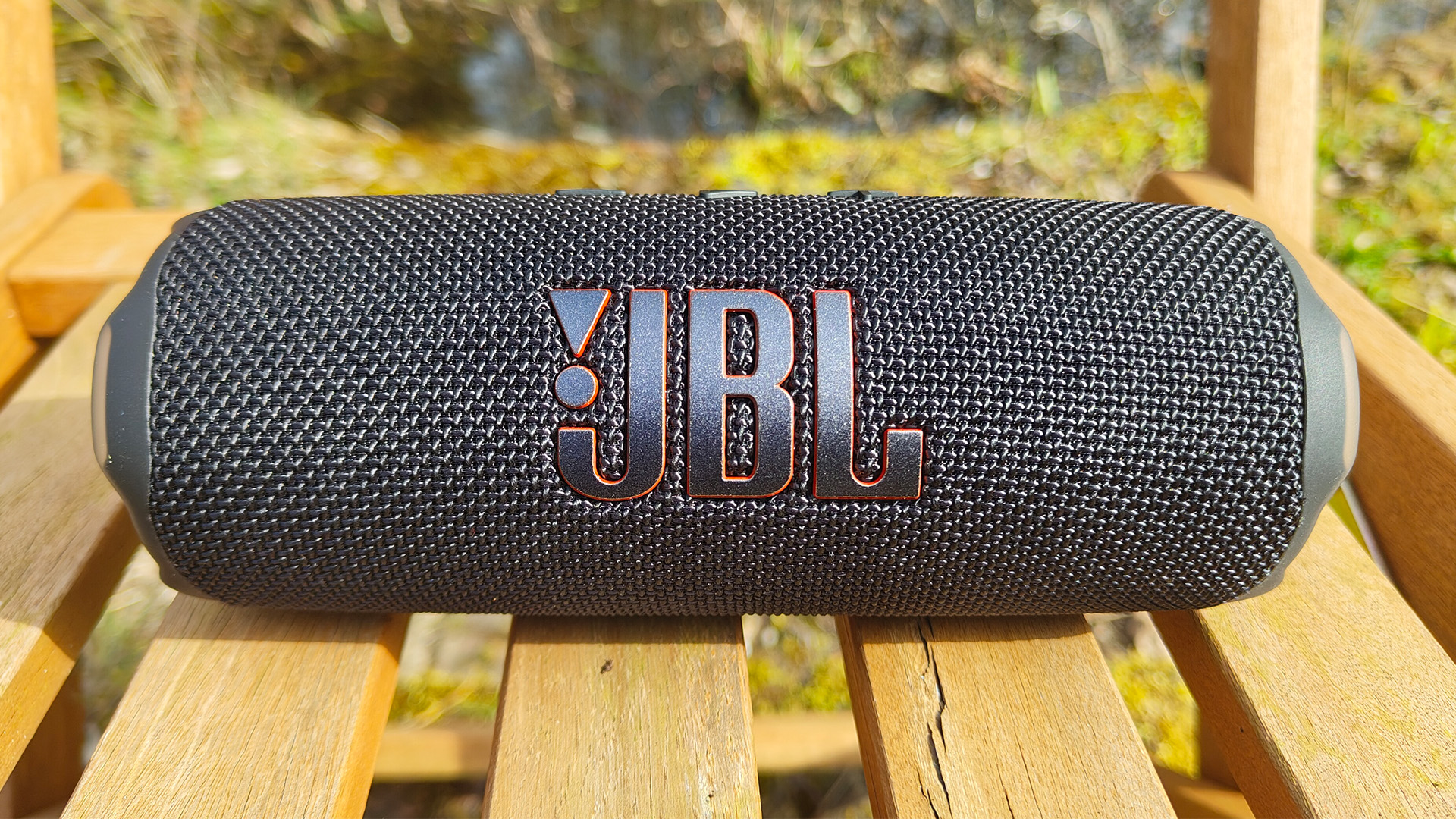
The JBL Flip 7 is the smaller, slightly cheaper sibling of the Charge 6. Like its larger sibling, it has had a wealth of design and hardware improvements.
These include a longer cylindrical design, new button placement and a host of quality of life improvements including the addition of Auracast. This lets you connect the Flip 7 to other compatible speakers wirelessly and run them concurrently in a “party mode”.
But the most important upgrades focus on its audio quality. The speaker now supports up to 24-bit/96kHz lossless audio and features JBL’s new 'AI Sound Boost' tech. This, says JBL, allows the unit to analyse its surroundings and optimise its performance in a bid to deliver a bigger sound and deeper bass.
Does it work? Based on our testing the answer is a firm yes. When compared with its predecessor, the Flip 7 delivers new levels of clarity and significantly more insight. This, along with its skilful handling of dynamics and rhythm, make it one of the best Bluetooth speakers we have tested in its class.
Score: 5/5
Read our full JBL Flip 7 review
LG C5 (OLED55C5)

LG’s C-series of OLED TVs has been a staple sight in our best TV buying guide for many years. The latest LG C5 set to pass through our viewing rooms is a great example of the breed.
It doesn’t have the fancy next-generation 4th Gen OLED panel tech seen on the premium LG G5, but it offers solid improvements on nearly all the areas we care about.
A smattering of improved colour volume in low light? Check. Improved peak brightness levels that make HDR content truly shine? Check. The same flawless gaming features, including four full speed HDMI 2.1 inputs, as previous generations? Check.
The combined package may not make it the best premium OLED TV from a pure performance perspective, but based on our testing it still makes it a fantastic value set that’s more than enough for most people.
Our only real gripe is that LG still hasn’t managed to nail its TVs' audio, so you should really budget for a soundbar if you don’t already own one.
As we say in our review verdict:
“[The C5] is probably the best TV for most people, as its exceptional picture quality and uncompromising feature set are certified crowd pleasers. It remains an excellent choice for gamers, too, and its Dolby Vision Filmmaker mode is a major bonus for film buffs. We wish it had better built-in audio.”
Score: 5/5
Read our full LG C5 (OLED55C5) review
Gryphon Audio Diablo 333
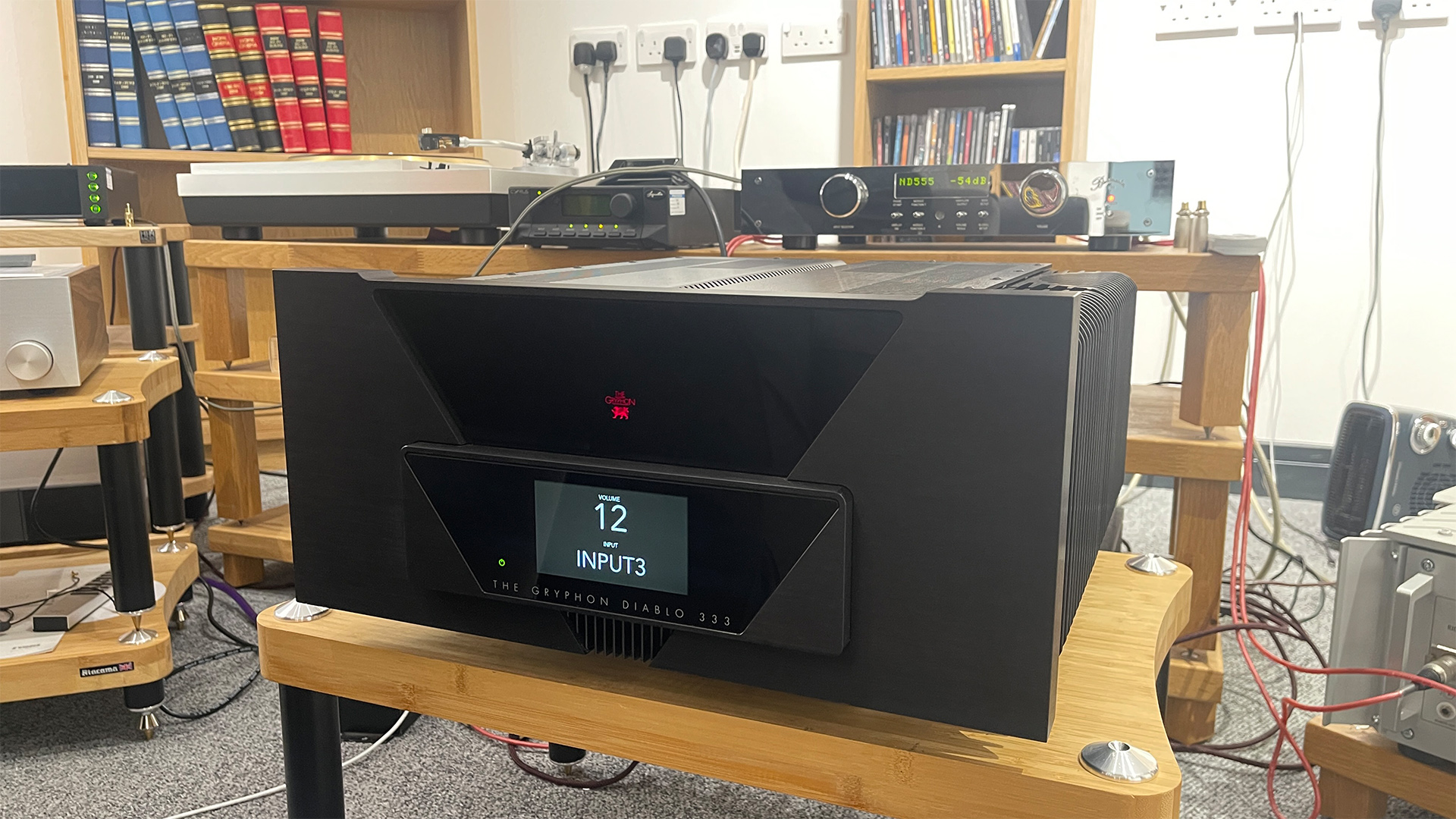
The Diablo 333 is a integrated amplifier from Danish high-end brand Gryphon Audio. It is also something of a historical milestone, being the very first product we have reviewed from the brand, despite Gryphon launching all the way back in 1985.
The hefty 50kg unit continues Gryphon’s ongoing focus on delivering engineering purity and performance to the top end of the market. It comes loaded with a wealth of features and big numbers on its specification sheet to show it means business.
The most eye-catching of these is its ability to deliver 333 watts per channel into an 8 ohm load – which makes it, we think, the most powerful integrated amplifier to pass through our listening rooms in our half-century tenure testing hi-fi.
The focus on purity means the Diablo 333 needs careful partnering as its transparent nature will reveal the shortcomings of any hardware it’s matched with.
Thankfully, when it is partnered well we find it is devilishly good, with the unit delivering excellent stereo imaging and awe-inspiring levels of control and authority during our listening sessions.
Score: 5/5
Read our full Gryphon Audio Diablo 333 review
Samsung Galaxy S25 Ultra
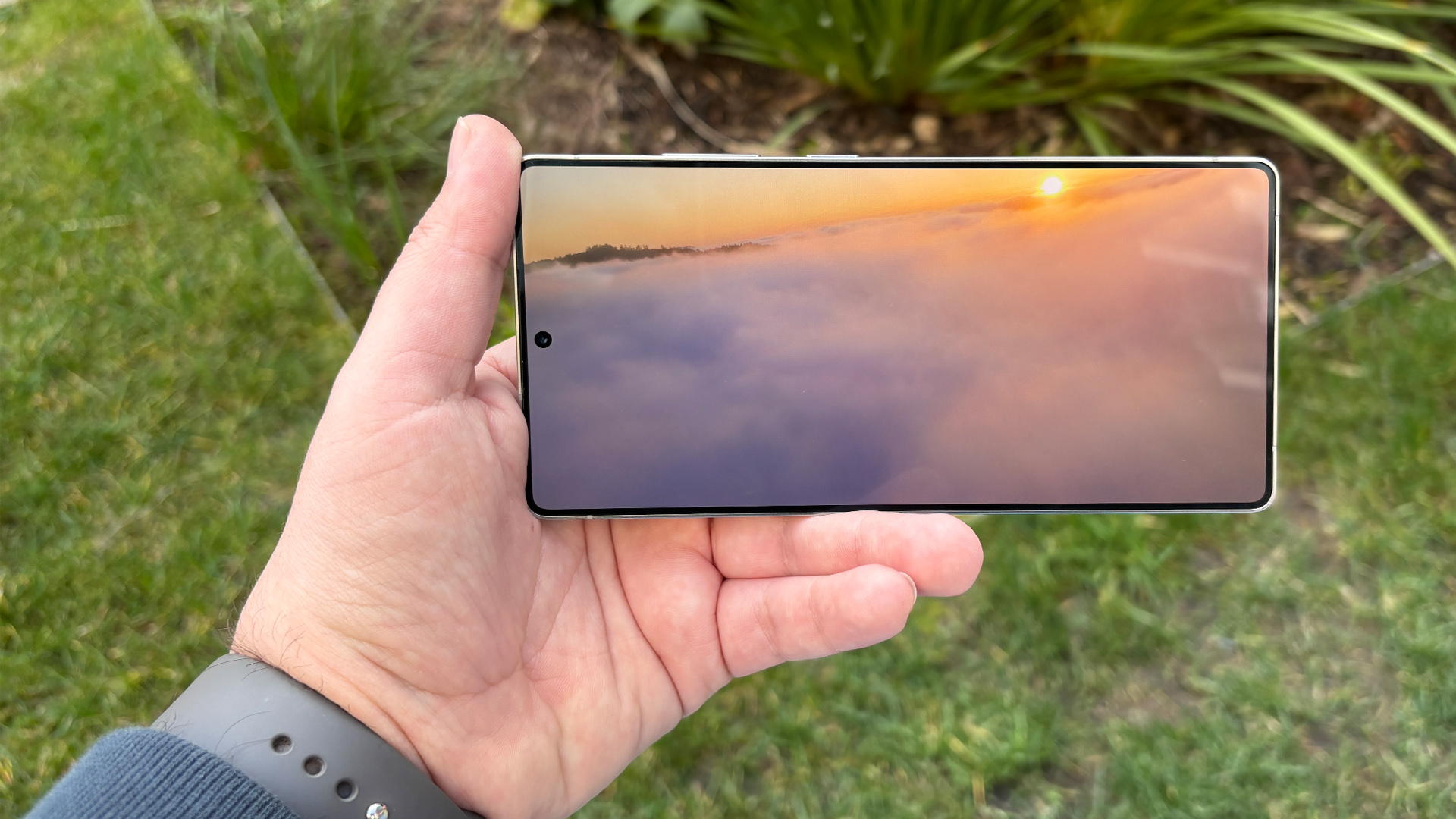
Since Sony stopped making movie-focused 21:9 aspect ratio phones, audio performance is usually the main thing that gets us to recommend a handset.
Look at our iPhone 16 phone reviews and that’s undeniably a big part of it. But in March the Samsung Galaxy S25 Ultra bucked the trend and earned a wholehearted recommendation from our reviewers thanks to its stellar performance as a “home cinema in a hand”.
This is due to its atypical 6.9-inch Dynamic OLED display, which borrows a lot of the AI processing and upscaling smarts usually reserved for the company’s top-end TVs.
The catchily named new ProScaler technology aims to let the phone upscale 1080p content from the likes of Netflix, which mobile apps’ cap at that resolution.
The end result is an image that looks sharper, more accurate and is generally more immersive than the experience you will get on any other phone we have tested..
We would like the phone to have sounded slightly nicer for music, but there’s no denying the new tech works a treat for movie watching even with this minor shortcoming, hence our reviewers’ glowing conclusion:
“Samsung’s new flagship handset is simply begging to be taken on a long-haul flight or lengthy train journey. Its big, bold screen, rich colours and crisp details liken it to a pocketable OLED TV, making it a great companion for portable movie watching.”
Score: 5/5
Read our full Samsung Galaxy S25 Ultra review
Lumin U2 Mini
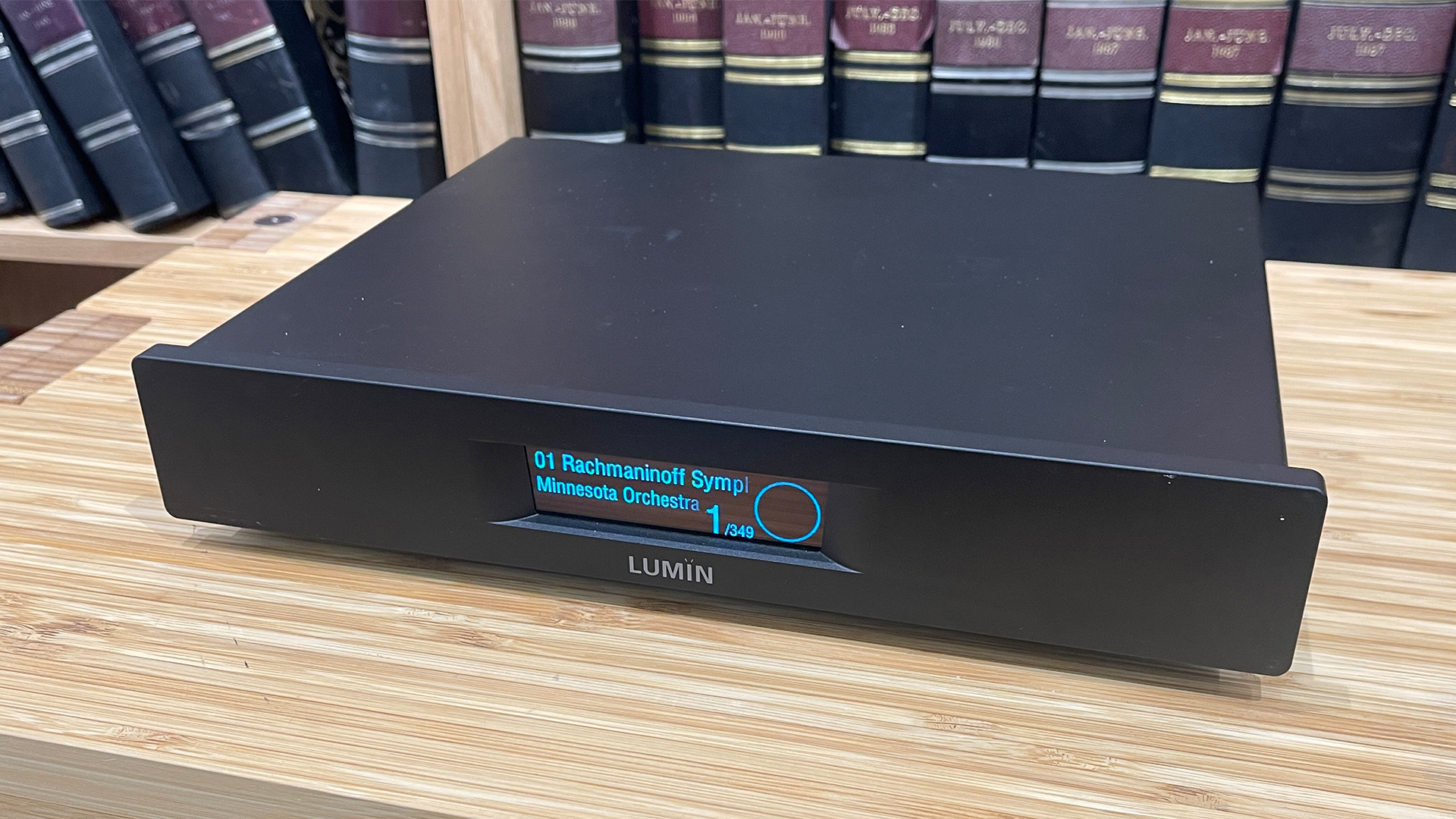
Music streamers are a growing category in the world of hi-fi. Last month we got a chance to test Lumun’s addition to the growing market, the U2 Mini.
Unlike many streamers, U2 Mini is designed for people who already have a digital to analogue converter (DAC) in their rack.
The reasoning behind this, says the manufacturer, is that most people in its target market will already have a DAC in their CD player or amplifier, so there’s no point doubling up on circuitry.
Beside that, the unit ticks all the boxes you would expect, with support for most mainstream services and hi-res 32-bit/768kHz PCM files and DSD512 playback.
Lumin is making noise about the U2 Mini’s new processing system which has been optimised to much better internal timing accuracy than rival products.
As a continuation of this focus, the unit doesn’t feature wi-fi, so you will need to place it near your router and cable connected to the internet.
That performance-focused, minor caveat aside, it is an excellent performer sonically. Paired with our reference hardware, the streamer delivered balanced, detailed and composed performance that delighted our reviewers.
This plus its intuitive, reliable app and comprehensive file support make it an easy recommendation for its intended audience.
Score: 5/5
Read our full Lumin U2 Mini review
MORE:
These are the best phones for music and movie fans
We rate the best projector money can buy
Our picks of the best wireless speakers

Alastair is What Hi-Fi?’s editor in chief. He has well over a decade’s experience as a journalist working in both B2C and B2B press. During this time he’s covered everything from the launch of the first Amazon Echo to government cyber security policy. Prior to joining What Hi-Fi? he served as Trusted Reviews’ editor-in-chief. Outside of tech, he has a Masters from King’s College London in Ethics and the Philosophy of Religion, is an enthusiastic, but untalented, guitar player and runs a webcomic in his spare time.
You must confirm your public display name before commenting
Please logout and then login again, you will then be prompted to enter your display name.
